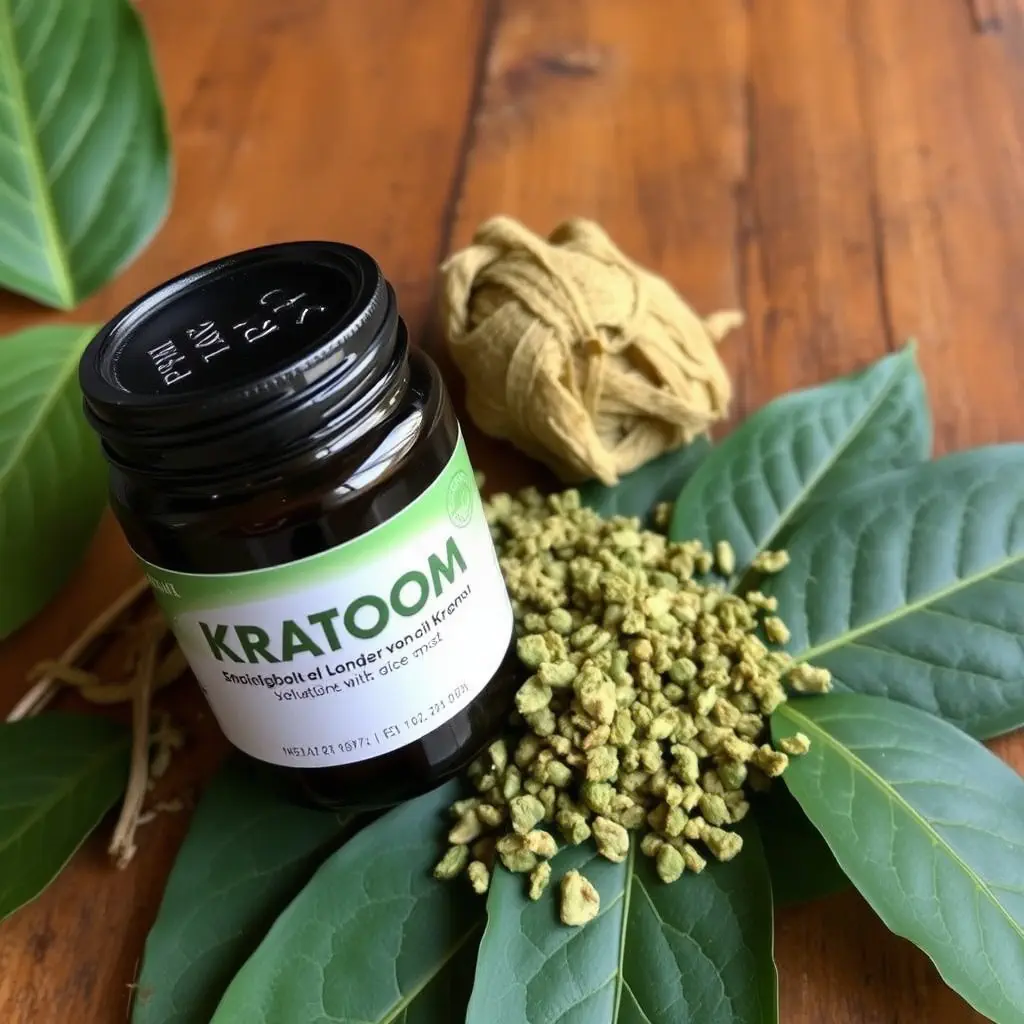Athletes need a comprehensive sports nutrition and hydration plan tailored to their individual needs for peak performance. This includes balancing carbohydrates, proteins, and fats for energy, muscle repair, and endurance. Hydration strategies are equally critical, with athletes needing to replace fluids and electrolytes lost through sweat. While considering the role of kratom for pain management or energy enhancement, it's essential to understand its impact on performance and to consult healthcare professionals due to its varying legal status and potential side effects. Kratom dosage should be personalized, typically starting at 1 to 5 grams in divided doses throughout the day, with careful consideration of individual factors. Micronutrients like vitamins and minerals are also vital for energy production and overall well-being, and a diverse diet is key to meeting these needs. Athletes should seek expert advice when considering supplements or kratom use to ensure compliance with sport regulations and to avoid adverse effects. The careful calculation of how many kratom capsules to take must be part of this informed approach to maximize athletic performance safely and effectively.
Peak physical performance is not solely determined by rigorous training regimens and athletic prowess; it is equally influenced by meticulous sports nutrition strategies. This article delves into the transformative impact of optimizing your diet, focusing on the essential roles macronutrients and micronutrients play in endurance, strength, and recovery. Furthermore, we explore the integration of kratom into a sports nutrition plan, elucidating how many kratom capsules to take for potential benefits. By examining these facets, athletes can fine-tune their performance and enhance their conditioning to reach peak physical form.
- Optimizing Athletic Performance with Strategic Sports Nutrition and Hydration Plans
- The Role of Macronutrients and Micronutrients in Enhancing Endurance, Strength, and Recovery for Peak Conditioning
- Incorporating Kratom into a Sports Nutrition Regimen: Understanding Dosage and Potential Benefits for Athletes
Optimizing Athletic Performance with Strategic Sports Nutrition and Hydration Plans

Athletes at all levels recognize that peak physical conditioning is not solely determined by training regimens and technique but also heavily relies on sports nutrition and hydration strategies. Optimizing performance begins with a comprehensive understanding of an athlete’s unique nutritional needs, which are influenced by factors such as the intensity and duration of their sport or activity, individual metabolism, and environmental conditions. Strategic meal planning and timing can enhance glycogen stores, improve energy levels, and ensure optimal muscle recovery and function. Macronutrient intake, particularly the balance of carbohydrates, proteins, and fats, plays a pivotal role in sustaining performance throughout training sessions and competitions.
Hydration is equally critical; athletes lose fluids through sweat and must replenish these losses to maintain electrolyte balance and prevent dehydration. The timing of fluid intake can affect endurance and recovery, making it essential for athletes to have a hydration plan tailored to their specific needs. Additionally, some athletes may consider the role of supplements like kratom in their performance regimen. For instance, understanding how many kratom capsules to take can be crucial for those who use it for pain management or increased energy, as it may affect performance and recovery. However, it’s important to consult with healthcare professionals before incorporating any supplements into a sports nutrition plan due to potential side effects and interactions with other substances. By integrating precise nutritional and hydration plans, athletes can significantly enhance their physical capabilities, leading to improved performance and safety during training and competition.
The Role of Macronutrients and Micronutrients in Enhancing Endurance, Strength, and Recovery for Peak Conditioning

peak conditioning in athletes is multifaceted, with diet playing a pivotal role in optimizing performance, endurance, strength, and recovery. Macronutrients, namely carbohydrates, proteins, and fats, are the cornerstone of sports nutrition, each contributing uniquely to an athlete’s energy supply and muscle repair. Carbohydrates are essential for fueling high-intensity activities and replenishing glycogen stores depleted during exercise. They are particularly important for endurance athletes who engage in prolonged activities, as they provide a steady source of energy to maintain performance levels.
Proteins, on the other hand, are vital for muscle repair, growth, and recovery post-exercise. They are composed of amino acids, which serve as building blocks for muscle tissue and play a key role in maintaining immune function, which is critical for athletes training intensively. Fats contribute to energy production during low to moderate intensity activities and are necessary for hormonal balance and cellular health. Additionally, the inclusion of essential fatty acids, particularly omega-3s, can reduce inflammation and aid in recovery.
Micronutrients, including vitamins and minerals, are equally important for peak conditioning. They facilitate numerous biochemical processes that support energy production, muscle contraction, and overall health. For instance, iron is crucial for oxygen transport within the body, while magnesium aids in muscle function and electrolyte balance. Vitamin D supports bone health and immune function, which are vital for athletes who put their bodies under significant stress.
Incorporating a balanced intake of macronutrients and micronutrients is essential for athletes to achieve peak physical conditioning. A well-rounded diet that includes a variety of foods can provide the necessary nutrients to enhance endurance, strength, and recovery. Athletes should also consider their individual needs based on their sport, training intensity, and personal health status. While the role of macronutrients and micronutrients is clear in sports nutrition, it’s important to note that supplementation should be done judiciously and in consultation with a nutritional expert or sports dietitian.
Incorporating Kratom into a Sports Nutrition Regimen: Understanding Dosage and Potential Benefits for Athletes

Including Kratom in a sports nutrition regimen can be a consideration for athletes seeking to enhance their performance and recovery. Kratom, derived from the leaves of Mitragyna speciosa, has been traditionally used in certain cultures for its stimulant and analgesic properties. For athletes, these properties could translate into improved energy levels and reduced muscle soreness, which are critical during intense training and competition phases. When integrating Kratom capsules into a nutrition plan, it’s crucial to understand the appropriate dosage. The dosage can vary significantly based on individual tolerance, the specific strain of Kratom, and the desired effect. Generally, a starting dose for experienced users might range from 1 to 5 grams of dried leaf or equivalent in capsules, divided into two or three doses throughout the day. However, it’s important to approach Kratom with caution; its effects are highly individualized, and the recommended dosage can differ based on factors such as body weight and metabolism.
Athletes should also be aware of the potential benefits and possible side effects associated with Kratom use. The alkaloids found in Kratom, primarily mitragynine and 7-hydroxymitragynine, are thought to contribute to its effects on pain and energy levels. These can be beneficial for athletes looking to maintain peak physical conditioning by supporting recovery and managing pain from injuries or intense physical activity. Nonetheless, the regulatory status of Kratom varies by country and state, with some regions imposing restrictions due to concerns about its safety and potential for abuse. Therefore, athletes considering Kratom as part of their sports nutrition regimen should first consult with a healthcare provider or a sports nutritionist to ensure that it aligns with their overall health goals and adheres to the governing regulations of their sport. Understanding how many kratom capsules to take is just one aspect; the impact on performance, health considerations, and compliance with athletic regulations are also key factors in its use.
In conclusion, achieving peak physical conditioning is a multifaceted endeavor that hinges on a combination of rigorous training, strategic sports nutrition, and optimal hydration. The integration of macronutrients and micronutrients plays a pivotal role in enhancing athletes’ endurance, strength, and recovery processes. Athletes looking to incorporate kratom into their sports nutrition regimen must approach it with caution, focusing on understanding the appropriate dosage and potential benefits, as highlighted in the discussion on how many kratom capsules to take for performance enhancement. It is crucial for athletes to consult with healthcare professionals before incorporating any new substances into their training regimen to ensure safety and efficacy. By adhering to a well-planned sports nutrition strategy that includes these considerations, athletes can significantly improve their athletic performance and maintain peak conditioning.






